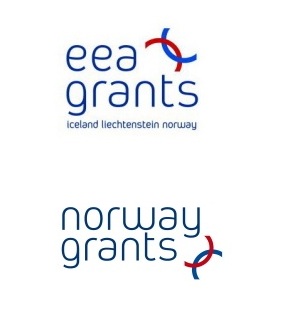Conclusions
1) In the history of migrations from Poland to Iceland four periods may be singled out. The first is the period of the 1980s, when migration was sporadic and individual. The second, starting with 1989, saw a marked growth of migration through the use of emigrant social networks. At that time most Polish immigrants found jobs in the fish processing industry. A symbolic beginning of the third period is May 2006, with the opening of Iceland's labor market to citizens of the new European Union member states, which triggered a greatly increased influx of Polish migrants, mainly to work in the construction sector. The last period coincides with the economic crisis, at which time net migration became negative and remains so at present.
2) The current Polish emigrant community in Iceland is young, both in terms of duration of residence and age, and highly mobile – many among them have previous experience as emigrants and many originate from families with a tradition of emigration. They come mainly from small or medium-sized towns in various regions of Poland. In term of general characteristics, the Polish emigrant community in Iceland does not differ from the typical recent Polish post-accession emigrant communities in other countries.
3) Emigration to Iceland, like to other countries, has in the past and continues to have an economic character, however there is a growing number of persons who emigrated motivated by a desire to learn about another country or to spend some time living elsewhere.
4) Due to emigration to Iceland being a recent phenomenon, a traditional multi-generation chain of emigration is not present on the island, although there do already exist rather extensive emigrant social networks; however, those are usually based on acquaintances rather than relatives.
5) Some among the Polish immigrants live in a sort of “emigrant hiatus” between the new reality where they function in their daily lives, and a suspended nostalgia for Poland symptomized by maintaining contacts with other Poles exclusively, watching Polish television via satellite, and maintaining other elements of Polish life. Those who live in such a hiatus between Iceland and Poland do not feel a need to integrate with the country where they live, and their adaptation to the new environment remains on a basic level, usually limited to the economic and job market aspects.
6) A notable phenomenon is the constant postponing of return to the home country for “after the next two years”, in spite of having fulfilled the aims of migration.
7) All our subjects stressed the very peaceful mode of life in Iceland, good working conditions and less stressing work relations than in Poland. Many of them are content with their jobs, even though most are subject to professional demotion – however, they appreciate the living standards and quality of social benefits. All of them stressed that they regard the net result of emigration as positive.
8) Iceland's crisis did not trigger a massive exodus of Poles from Iceland. Even though unemployment among immigrants is at nearly twice the rate of unemployment among native Icelanders (which is about 9 percent), and among Poles exceeds twice that rate, many Poles prefer to remain in Iceland rather than return to the home country. They are fearful of bureaucracy, the “glass ceiling” at the workplace, and family dependencies and conditions. Above all the fact is many have nothing to return to and little to return with.
- Prev
- Next >>



